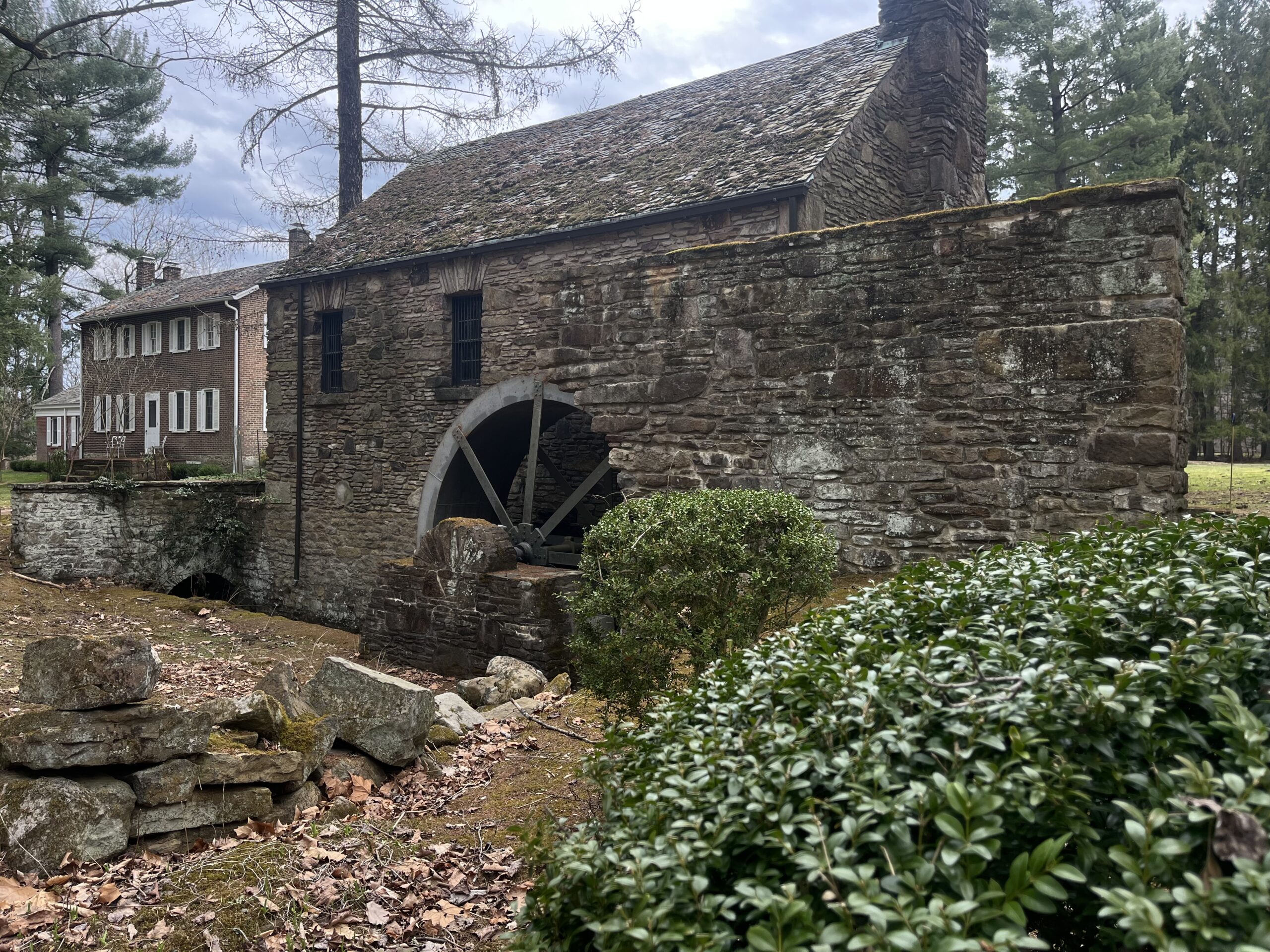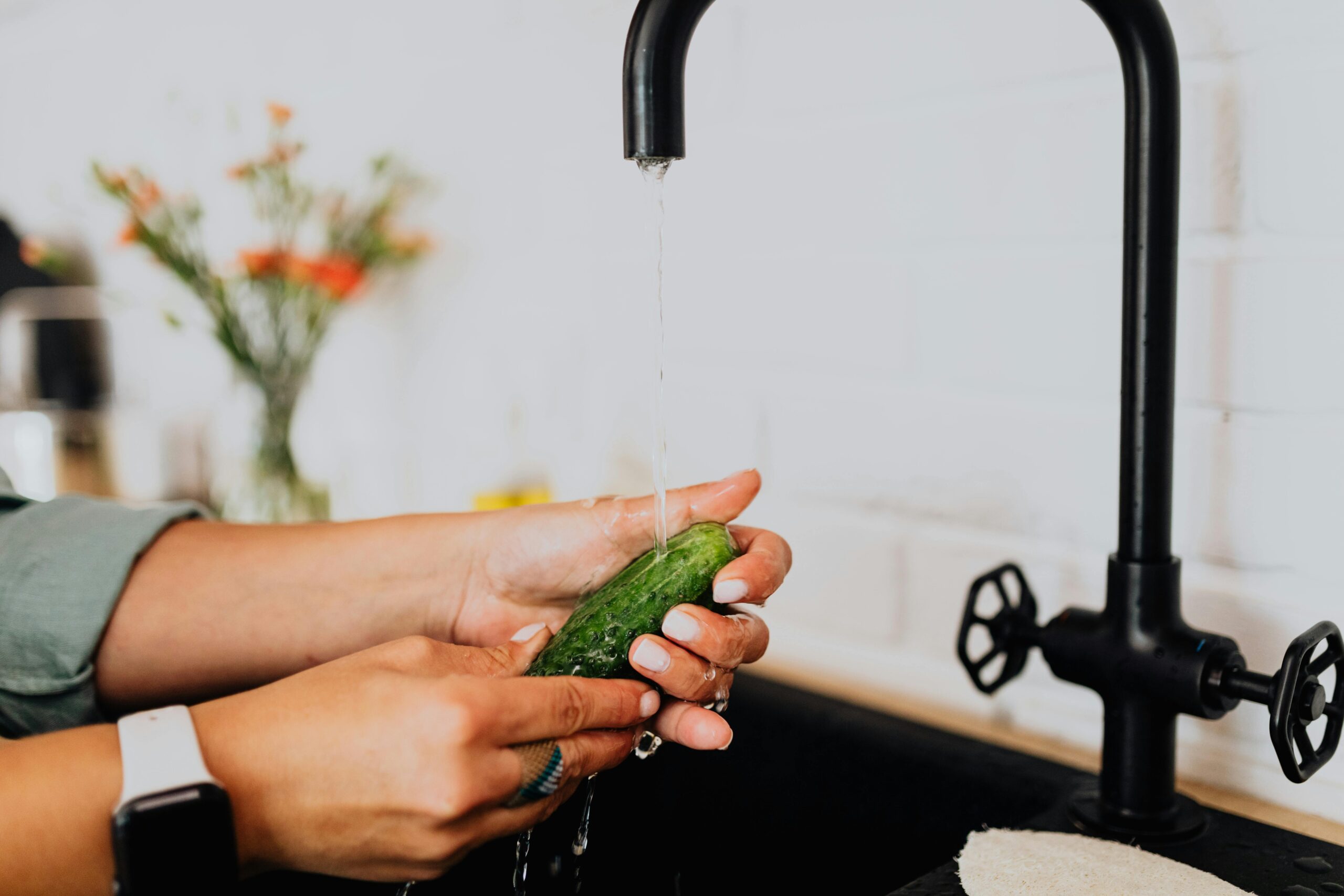If you are not able to tap into a public water source, then you likely already have—or have been told you need—a water well. Regulations regarding how and where this is done are typically strict and before purchasing a rural property it is important to understand both the rules and the capacity of your water well to serve any existing/future house, potential expansion, and landscaping needs.
As the owner of a well it is important to know three things from day one: 1) the location and limitations of your well, 2) the mechanisms that require your attention and upkeep, and 3) your water quality and how to maintain and/or mitigate it. This guide will help ask the right questions of professionals before, during and after a rural property purchase or build.
What is a Water Well and How Does the Water Get Into My House?
Water wells are actual holes in the ground drilled by specialized, excavation companies. When drilling, their goal is to locate an aquifer–a collection of water stored in an underground layer of porous rock. Aquifers are replenished by natural sources such as snow, rainfall, or underground springs and can necessitate a drilling depth of 1,000 feet or more.
Once water is located, well quality is assessed not only by cleanliness and purity of the water, but most critically by the rate of recovery—or how quickly the well replenishes after use. A good rate of recovery ranges from between 5 gallons/minute to 10 gallons/minute.
Wells can and do occasionally run dry. This can happen due to human error, leaks, or drought. This creates a very serious risk of a well collapse prior to the well being able to replenish itself. It is a serious matter and you must know and respect the limits of your well. This cannot be stressed enough.
Water testing occurs after wells are drilled and—if the quality must in some way be mitigated—in-home treatment is typically the next step (more about this below). After the well is located, a submersible pump is lowered into the ground and will then pump water up and into your home. Because these pumps are typically operated by electricity, in the event of a power outage you will lose the ability to run taps, flush toilets, etc. unless you have the well pump connected to an alternate energy source such as a generator. Living without lights and even heat for a few days after a storm is tough, but in most cases, manageable. But living without indoor plumbing? That is a bit more rustic than most of us are prepared for, so a generator of enough AMPS to operate–at the very least–your well pump is advisable to factor into your budget.

Who Does the Work?
When identifying a local excavation team, it is critical that they are not only licensed and ensured, but highly experienced and familiar with the local soil, water tables, and regulations. Do your homework here. Drilling a well can be incredibly expensive undertaking and if not done properly the first time? Can result if not finding water, a well collapse, contamination, etc. Get it right by choosing the right team.
Once selected, discuss your property plans with the drilling company so that they understand the demands of your water consumption. Planning to include an elaborate garden? Planning to expand the house? Planning a pool? A farmette? Understanding these needs will help them plan for the project. Get multiple quotes, by all means, but ultimately get the company with the best reputation….this is not a place to cut corners in terms of expenses.
Country Water is Clean Water! “Well”, not so fast……
Well water contains minerals that can be good for your health in small doses. It can also contain a range of naturally occurring contaminants. Both can affect the color, taste, feel, and safety of your water, so quality testing is important. These tests are typically sent away to labs and take a week or two. You’ll likely need to mitigate the quality in some way beyond simply filtering sediment, and there are a range of options including purchasing or leasing equipment/service.
This equipment can range from fairly basic to wildly complex depending on your needs. Iron for example, can cause rust build-up in your pipes that will stain everything you own. And it smells terrible! Bacteria can also present a problem. When we first drilled our well we had iron bacteria that—although technically safe—created a nasty looking film in our toilets. This was easily cleared up by shocking the well just once with chlorine bleach (dumping Clorox directly into the well and running all taps until you no longer smell the chlorine). But the presence of iron means a persistent mitigation challenge. And although it has improved dramatically with the proper systems, I’ve still never been brave enough to use white marble in any bathrooms…which makes my design heart weep.
Initially, we purchased a whole-house water filtration and conditioning system. Then repaired it. Then replaced it. Then ultimately called Culligan. Our lease agreement with Culligan is now one of the longest-standing and most rewarding relationships of my adult life. My aunt who lives nearby knows more about her “Culligan Man’s” personal life then is arguably appropriate. This company has been around forever for a reason. Just take my advice and call them from the start. www.culligan.com
Important Take-Aways & Tips
- Always be able to quickly locate your well cap (the pipe outside, sticking up from the ground, which leads to your well) even when covered by snow.
- Know the practical limitations to your well capacity. For example, can you run a water sprinkler for your garden? Are long showers acceptable? If a well runs dry, this creates the potential for the well to collapse which is bad, bad stuff. Don’t let it happen.
- Know where the control panel for the well pump is located within your house (occasionally well pumps do not have a control panel) and where to find the electrical breaker that controls this pump.
- Use your Sharpie to write directly on or near the pump control panel:
- Make, model, and serial number of your pump.
- Date pump was installed.
- Depth of well.
- Ask installer to write AMP readings at installation so that over time, repair workers will know if the pump is losing power.
- Use a large Ziplock Baggie to hold all pump owners manuals, warranty information, and receipts for work. Affix this bag to the control panel using double-sided Velcro tape (or other).
